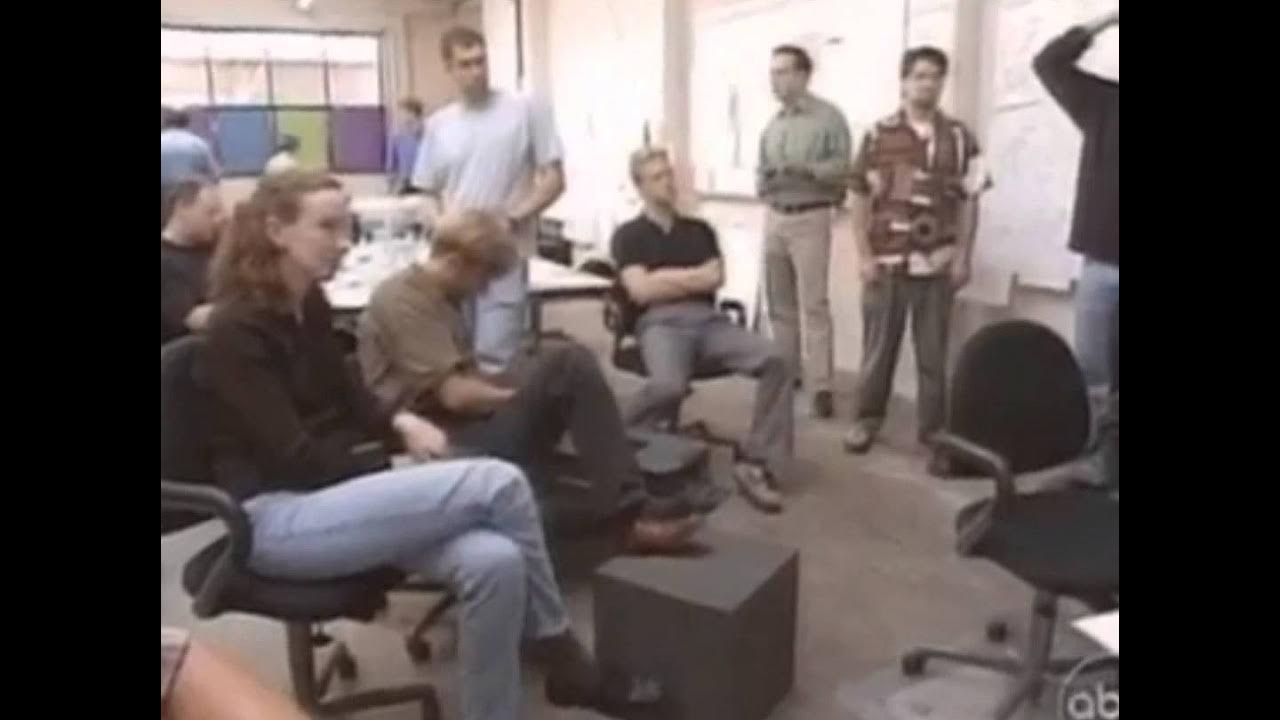Design Thinking Video from MIT & Altitude
Summary
TLDRThe video showcases a collaborative redesign process for elderly walkers, led by the Integrated Design and Management (IDM) program at MIT in partnership with Altitude, a design innovation firm. It emphasizes a human-centered design approach, focusing on understanding the needs and experiences of users. Through interviews, observations, and prototype testing, the team aims to create a walker that balances stability and mobility while appealing to users' emotional needs. The project highlights the importance of iterative design, feasibility analysis, and user feedback in developing innovative, practical solutions that enhance quality of life for the elderly.
Takeaways
- 😀 The IDM program at MIT integrates design, engineering, and business to foster innovative product development.
- 🤝 Human-centered design is key to understanding user needs and creating desirable products.
- 👵 The aging baby boomer population has increased the demand for improved mobility aids like walkers.
- 🔍 Direct user engagement through interviews and observations helps identify pain points and preferences.
- ⚖️ Balancing stability and mobility is crucial in walker design, as users often feel current options are cumbersome.
- 🎨 Collaborative brainstorming encourages creativity and generates diverse ideas for product improvement.
- 🛠️ Prototyping and iterative testing allow for refining concepts based on real user feedback.
- 📊 Understanding the emotional connection users have with their mobility aids can drive design choices.
- ✨ The goal is to create a walker that users feel proud to own, rather than one that feels like a medical device.
- 💡 A successful design process is structured yet allows for exploration and innovation to achieve unexpected solutions.
Q & A
What is the main focus of the IDM program at MIT?
-The IDM program at MIT focuses on integrating design, engineering, and business to create innovative products that are desirable, feasible, viable, and sustainable.
What problem is the team attempting to address with the redesign of the elderly walker?
-The team aims to redesign the elderly walker to enhance mobility and stability, addressing user frustrations with existing models that are often cumbersome and visually unappealing.
How does the team gather insights about user needs?
-The team conducts interviews and observations with elderly individuals who use walkers to empathize with their experiences and understand their emotional and functional requirements.
What key insights did the team discover during user interviews?
-Users expressed a desire for walkers that are more modern-looking and easy to maneuver, highlighting frustrations with the heavy and medical appearance of traditional walkers.
What is the concept of 'immobilizer' in the context of this project?
-The 'immobilizer' is a new walker concept that aims to balance mobility and stability, providing users with a more effective and user-friendly solution.
What role does prototyping play in the design process?
-Prototyping allows the design team to quickly test and iterate on ideas based on user feedback, helping to refine the walker design and improve its functionality.
Why is stakeholder engagement important in this project?
-Engaging stakeholders, including users and healthcare professionals, ensures that the design addresses real-life needs and preferences, leading to a more successful product.
What were some innovative features brainstormed for the new walker?
-The team brainstormed features like a folding seat, improved wheel designs for better maneuverability, and storage options to enhance user experience.
How do feasibility and viability assessments contribute to the product development process?
-Feasibility assessments ensure that the design can be manufactured and function as intended, while viability assessments evaluate the cost-effectiveness and potential market success of the product.
What is the ultimate goal of the new walker design project?
-The ultimate goal is to create a walker that elderly users will be proud to own, significantly improving their mobility and quality of life.
Outlines

This section is available to paid users only. Please upgrade to access this part.
Upgrade NowMindmap

This section is available to paid users only. Please upgrade to access this part.
Upgrade NowKeywords

This section is available to paid users only. Please upgrade to access this part.
Upgrade NowHighlights

This section is available to paid users only. Please upgrade to access this part.
Upgrade NowTranscripts

This section is available to paid users only. Please upgrade to access this part.
Upgrade Now5.0 / 5 (0 votes)





